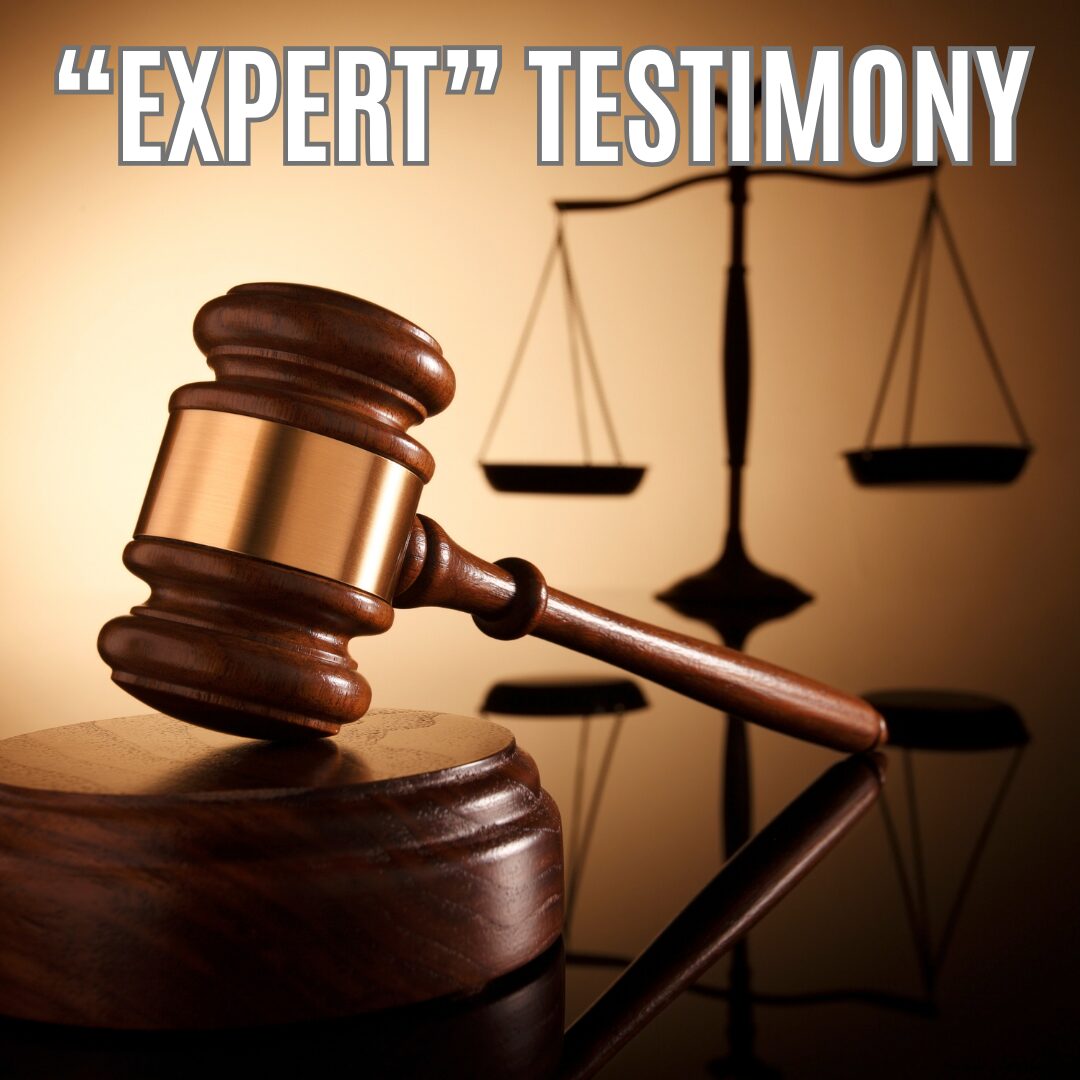
Junk Science Should Be Kept Out of US Courtrooms
Taxpayers Protection Alliance
April 21, 2025
Too many mass tort litigations are being resolved based on so-called “expert” testimony that is, in reality, less than reliable. In fact, information provided by plaintiff attorneys can often be what is known as junk science. The presentation of such specious evidence can lead defendants to settle, and juries and judges to reach erroneous decisions.
Mass tort litigations are similar to class action suits in that they involve bundling into one lawsuit a large number of individual plaintiffs. All of which allege injury linked to a defective product, drug, medical device, toxic chemical, etc. However, where class action plaintiffs all receive an equal share of any settlement or court-awarded judgement, mass tort claims are all filed individually. Successful plaintiffs receive different amounts based on the degree of their injuries.
It’s easy to see how the proceedings can become extremely complex. Many mass tort litigations involve thousands of individual plaintiffs. That often works to the advantage of the plaintiffs’ litigators.
As suits drag on for extended periods of time, defendants frequently become worn down. This is especially true for businesses, whose bottom line is harmed by drawn out trials. As such, the lawyers involved can convince them that it would be cheaper and easier for their public image to settle out of court and make the whole thing go away.
The attorneys are more than willing to settle as they, along with any Wall Street investors they might have found to finance their suits, take a significant share of the settlement off the top. This means they get paid before their clients receive anything. Even if individual cases are weak, as can often be the case, the attorneys and financial backers still get paid.
Many tort litigators represent individual plaintiffs who have legitimately suffered harm as the result of exposure to a defective product or service. They ought to — and often do — receive just compensation for their injuries. However, due to aggressive legal advertising, many attorneys are lumping dozens to thousands of cases together to increase the stakes. Once attorneys have corralled as many plaintiffs as possible, they may then broadly assemble arguments based on questionable data that is not supported by sound and settled science.
When sound science is ignored, anything can happen.
Well-publicized mass tort litigations involving Roundup weed killer, Johnson & Johnson talcum-based baby power, and the blood thinner medication Pradaxa were all able to force settlements totaling billions of dollars. However, the best scientific evidence and research available did not substantiate the plaintiffs’ claims of injury.
Mass tort litigation was originally devised as a way to balance the resources of wealthy corporations with those of individual citizens. However, the process has been misappropriated by profit-motivated litigators and financiers to provide them with a way to extort lucrative cash settlements. Many of these settlements are leveraged based on distorted evidence or unsupported scientific testimony supplied by well-paid, self-anointed expert witnesses.
Judges should be the key to reining in junk science, as they have the responsibility to act as gatekeepers against expert analysis that does not reach a reasonable standard of accuracy. In December of 2023, changes were made to Federal Rule of Evidence 702. Those changes, in part, reinforce the mandate to see that testimony is “based on sufficient facts or data” and “will help the trier of fact to understand the evidence or to determine a fact in issue.”
Although the changes to the rule were minimal, they could help remind judges of the crucial role they must play in keeping junk science out of their courtrooms.
This op-ed was originally published in The Well News.
